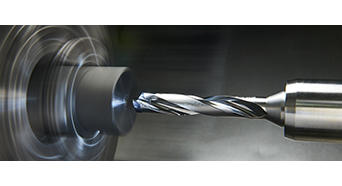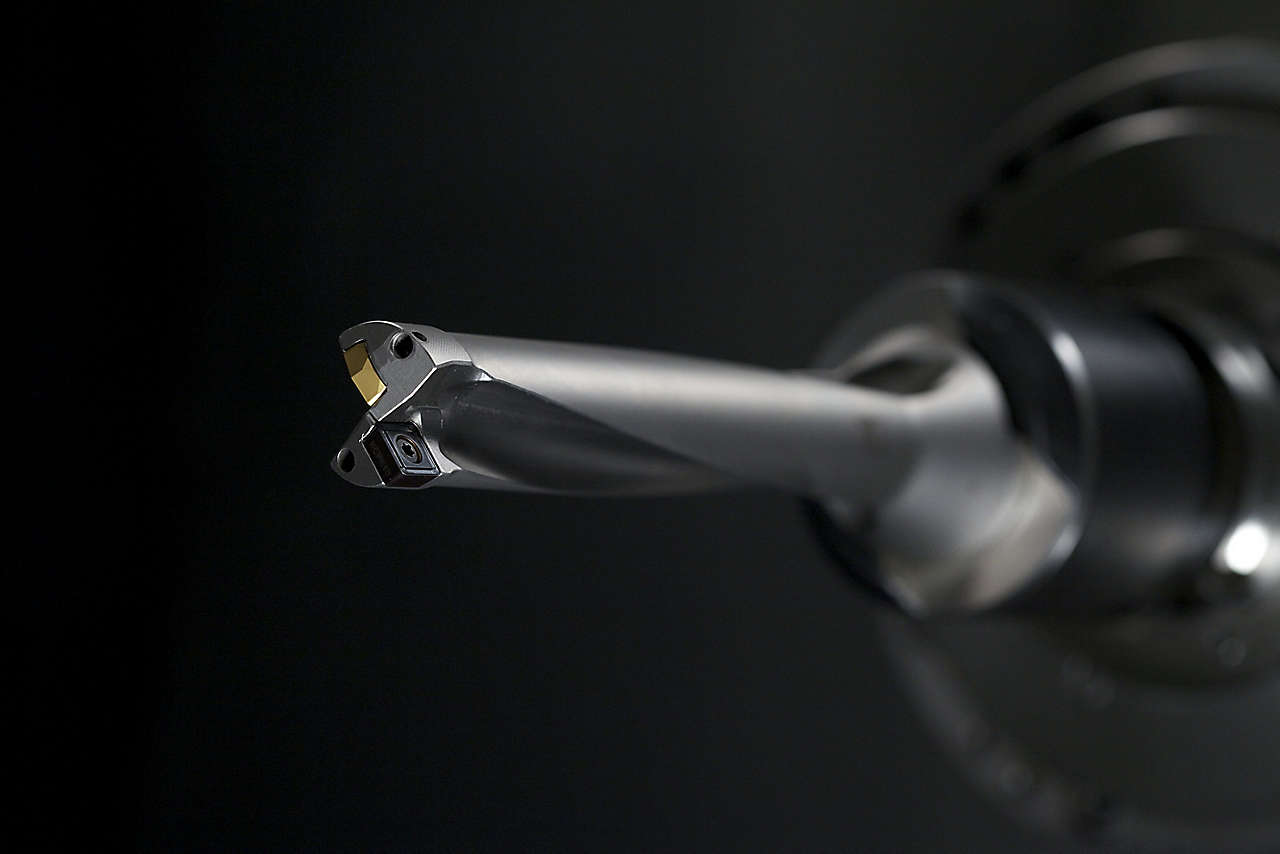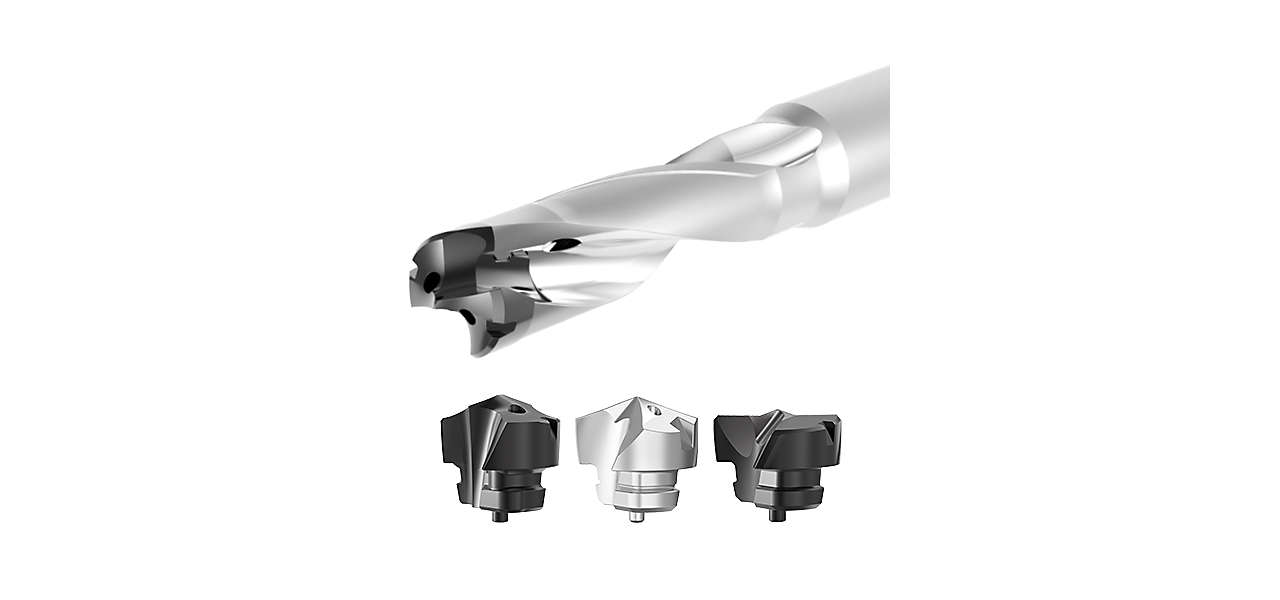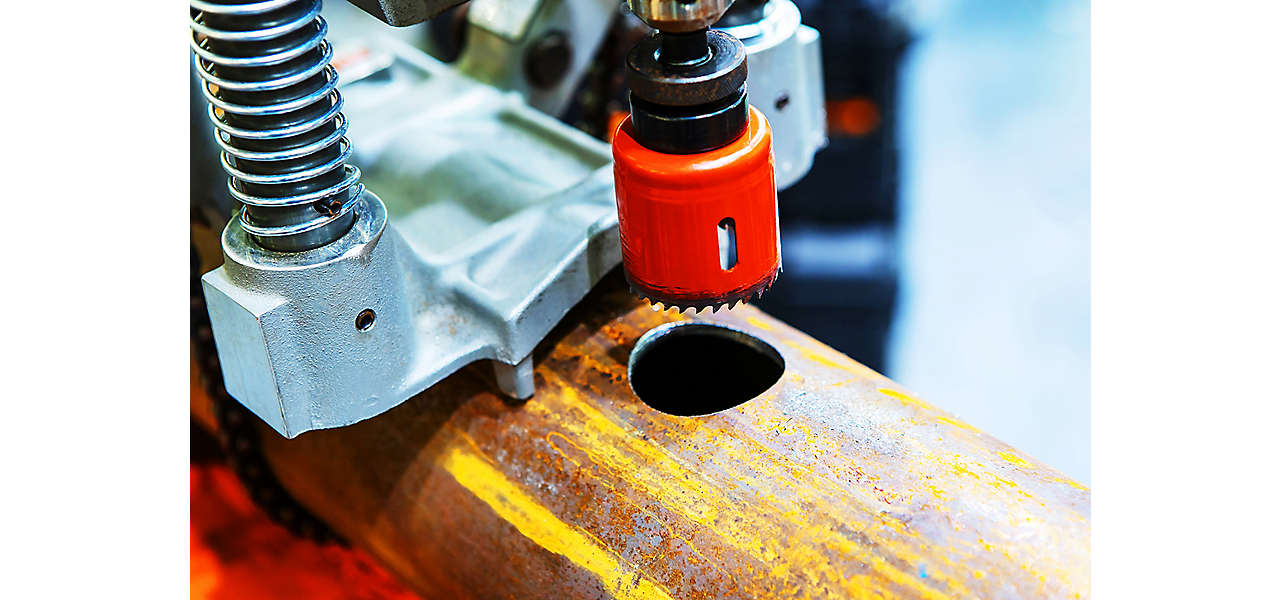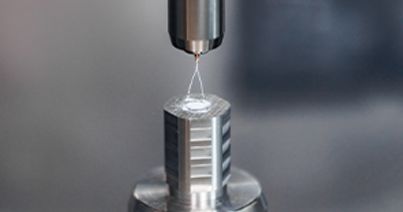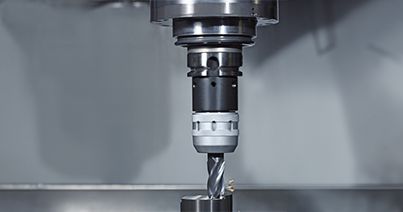Holemaking Considerations
Much of this decision comes down to the material. For instance, a bi-metal hole saw is one of the more common tools for woodworkers, hobbyists, or a homeowner tasked with repairs around the house. As a rule, these are limited to soft materials like plywood and plaster, although as you will see, a good one is quite effective in cutting many steels and aluminum.
Hole size is another important consideration. The bi-metal hole saws just mentioned can produce holes many inches in diameter or ones as small as your thumb. At the other end of the holemaking spectrum are so-called circuit board drills, micro-sized tools common in the electronics industry and for plastic machining. Between these two lies a host of holemaking tools, most of which are suitable for CNC machining, sheet metal fabrication, ironworking and heavy construction, and more.
